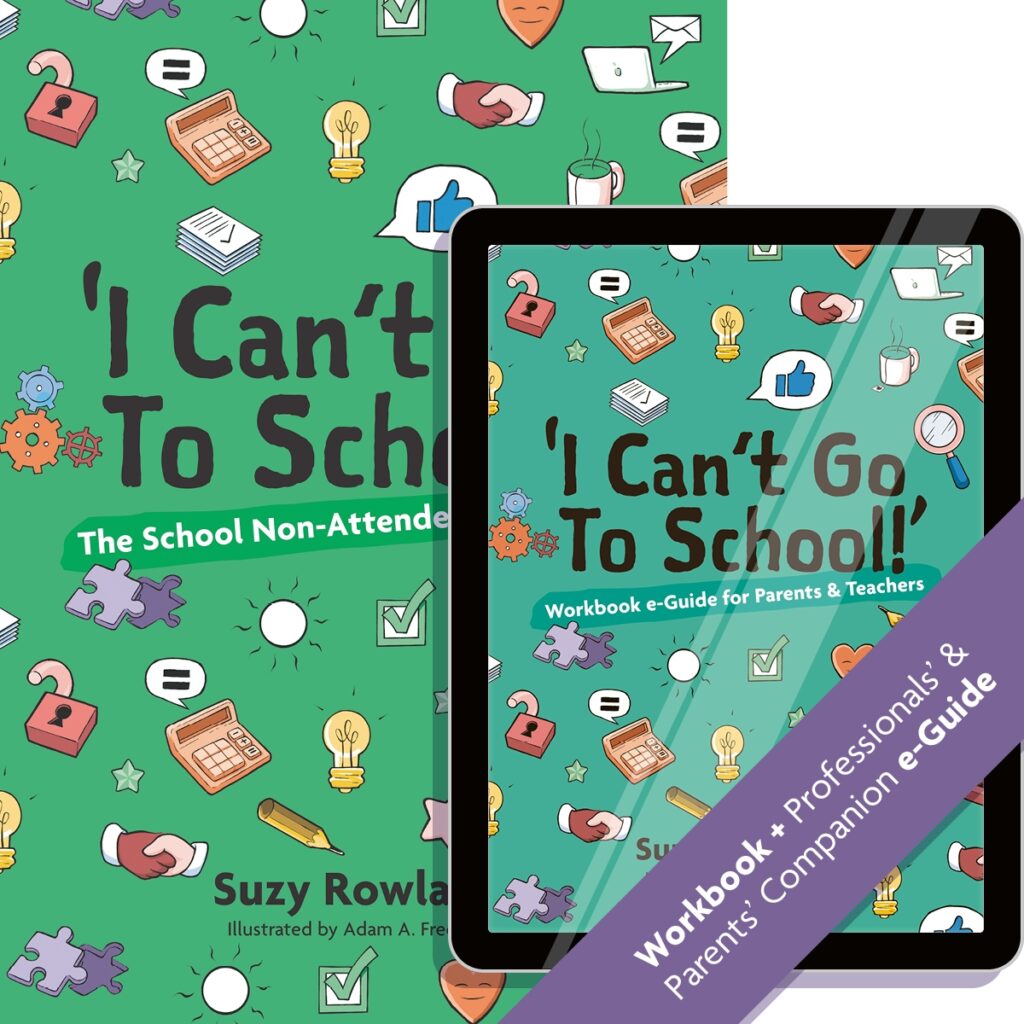
FREE ACTIVITY | Your ideal school
Highlights from the Companion Guide for Professionals
“Any attempt to activate the young person emotionally or to seek to ask difficult or rhetorical questions before you’ve established whether the child is ‘grounded’ is likely to end in failure. A wounded child will make a swift retreat into their own world or anywhere they regard as safe, if they do not feel they have established a connection based on trust.”
“School anxiety can strike at any age, but the most common age clusters for emotional- based school avoidance are: ages 5–7 at primary school, learners aged 10–14 – Key Stages 3 and 4, and at secondary school level, a mean age of approximately 14. A particular risk factor for all children is the transition from primary to secondary school and in the years following transition. This is because the familiarity and safety measures that may have existed in the primary setting are severely disrupted. The severing of friendship ties with peers as well as teachers and other adults is a factor, as well as the requirement to adapt to a multitude of sensory, environment and social changes. The resulting overwhelm and lack of emotional ‘balance’ experienced can create ripples of worry in the young person.”
“A key part of creating a (psychologically) ‘safe’ school is building a framework where learning about emotional literacy and developing good practice for communicating difficult feelings is normalized. “